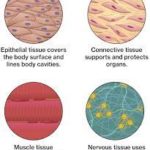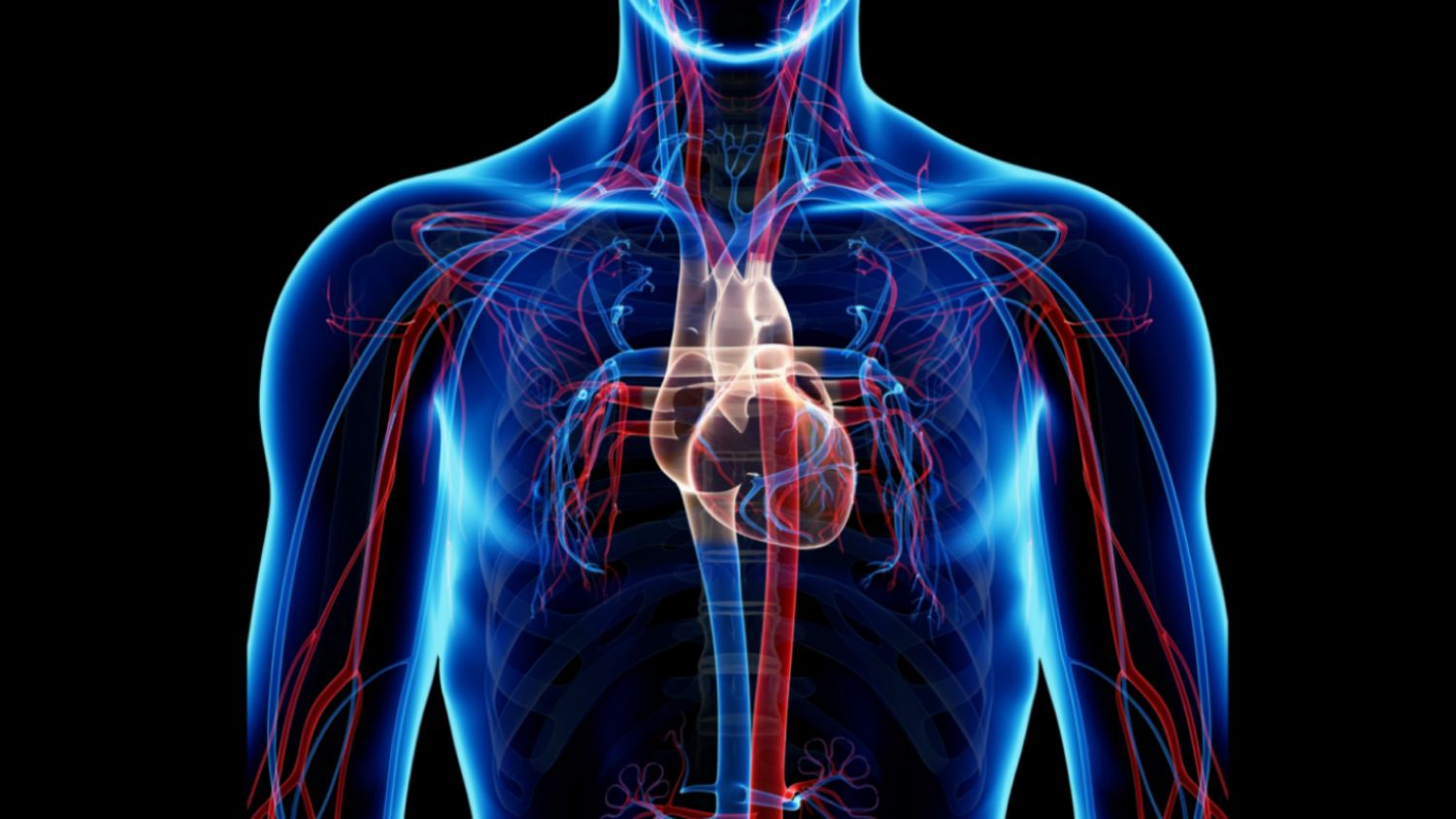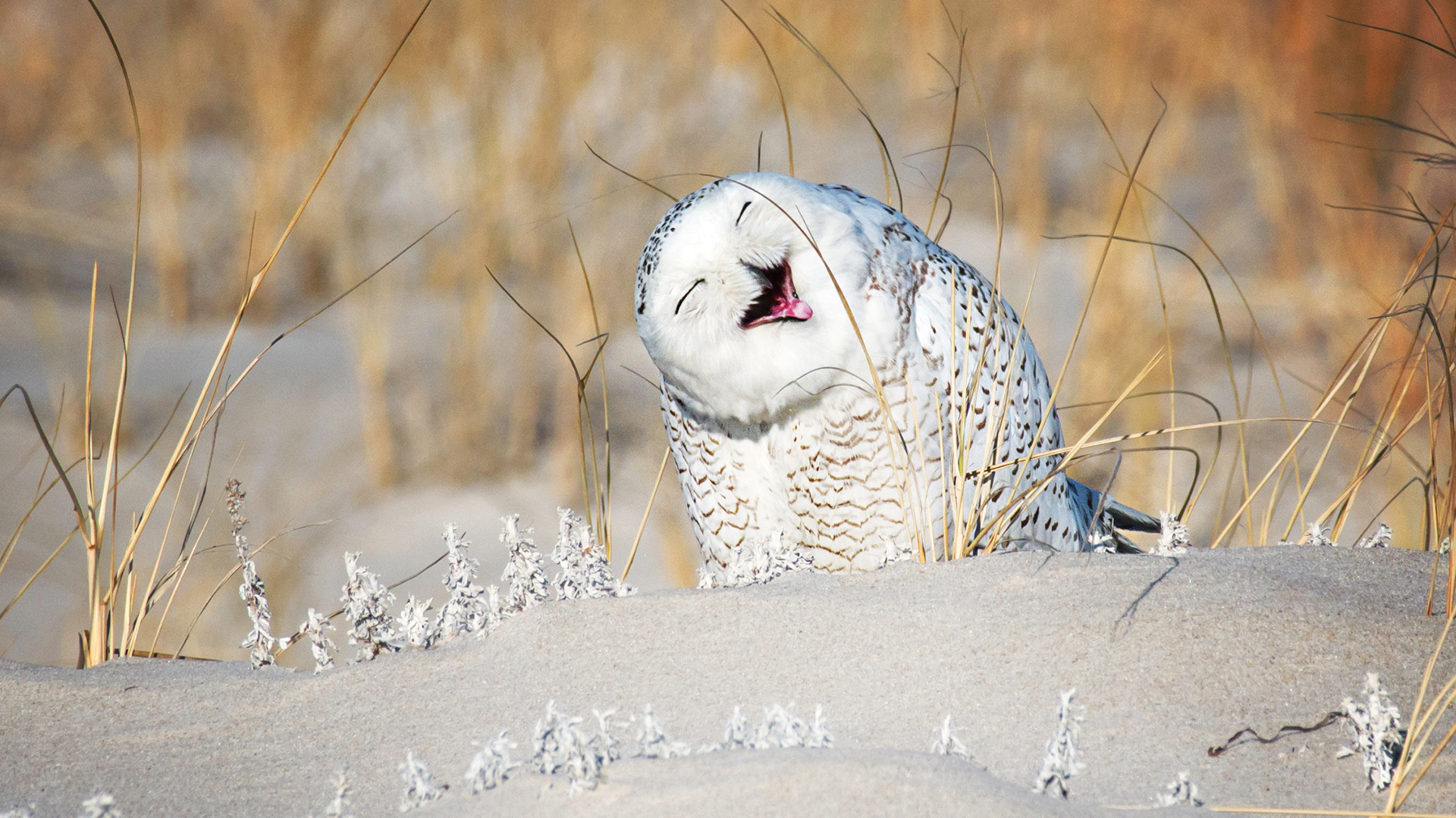|
A doctor does not work alone. He or she works with other doctors, nurses and medical staff to make people healthy. A builder does not work alone. There are other builders who help do the same job. Likewise, most cells do not work alone. They work with other similar cells to form what is called a tissue. |
|
A tissue is a group of similar cells that all work together on the same job. For example, tissues in your lungs are made up of millions of similar cells working together to transport oxygen to the blood. Blood itself is a liquid tissue that transports oxygen, food and waste throughout the body. |
Different types of tissues come together to form organs. For example, the heart is an organ made up of muscle tissue, blood tissue, and nerve tissue. An organ has an important job that keeps the living thing alive.
|
Several organs work together to do an important job. For example, what organs make up the nervous system in a human being? Some of the organs include the brain, the spinal cord, and nerves. |
|
So far we have seen that cells work together to form tissues. Tissues in turn work together forming organs, which themselves work together on important jobs, forming organ systems. What do you think comes next? |
Organisms
An organism is a completely self-sufficient lifeform. You are an organism. All of your cells, tissues, organs and organ systems come together to keep you alive. An organism cannot live without its organ systems. Remove the circulatory system from a frog, and what do you think will happen? Without the ability to move blood throughout its body, the frog will die.
Likewise, an organ system cannot live without its fellow organs nor can an organ survive without its tissues and cells. From the smallest cells to the complete organism, everything has a job to do and a role to play.






